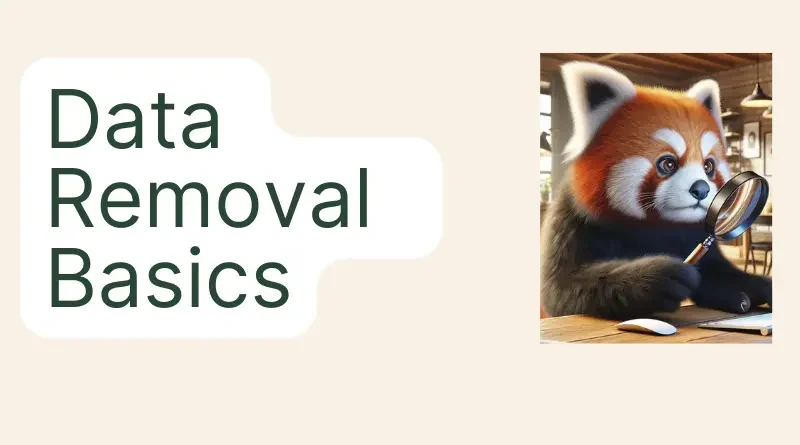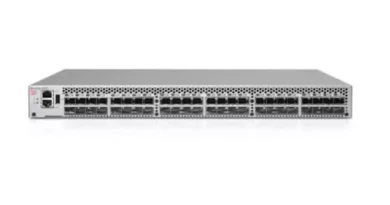A Comprehensive Guide to Removing Personal Information from the Internet for Free
Introduction:
In an era dominated by digital connectivity, the dissemination of personal information on the internet has become ubiquitous. Whether it’s through social media platforms, online registrations, or data broker websites, our personal details are scattered across the web. Protecting your privacy is essential, and fortunately, there are ways to reclaim control over your digital footprint without breaking the bank. This comprehensive guide will walk you through the process of removing personal information from the internet for free.
Conduct a Personal Audit:
The first step in regaining control of your online presence is to perform a thorough personal audit. Start by searching for your name on popular search engines to identify where your information is publicly available. This includes social media profiles, online forums, and other websites where you may have created accounts.
Update Privacy Settings:
Many social media platforms provide users with robust privacy settings. Take the time to review and adjust these settings according to your preferences. Restrict access to your profile, posts, and contact details. By fine-tuning these settings, you can significantly enhance your online privacy and control who can view your personal information.
Remove Outdated Accounts:
Unused or forgotten accounts on various websites may still host your personal information. Identify these accounts and follow the platform’s procedures to delete them. This not only helps in decluttering your online presence but also ensures that outdated information is no longer accessible to the public.
Opt-Out of Data Brokers:
Data broker websites specialize in collecting and selling personal information. While these services may operate legally, you can choose to opt-out to minimize your digital footprint. Utilize websites like OptOutPrescreen.com, Spokeo, and Whitepages to remove your information from these databases and reduce the chances of your data being exploited.
Contact Website Administrators:
If you come across websites displaying inaccurate or outdated information, take the initiative to contact the administrators. Most websites have a contact or support page where you can submit a removal request. Clearly state the information you want to be taken down and be persistent in following up to ensure timely action.
Utilize Google’s Removal Tools:
Google, being the primary search engine, offers tools to request the removal of specific content from its search results. Use the Google Removal Request Tool to de-index URLs containing personal information that you want excluded from search results. While this doesn’t delete the content, it reduces its visibility to the public.
Create New Email Addresses:
Over time, your email address may become associated with various online accounts. Consider creating new email addresses and updating your accounts accordingly. This not only helps compartmentalize your online presence but also reduces the risk of information exposure if one of your email addresses is compromised.
Regularly Monitor Your Online Presence:
Vigilance is key to maintaining control over your digital presence. Periodically search for your name on search engines and social media platforms to monitor any new instances of personal information exposure. Being proactive allows you to address potential privacy concerns promptly.
Review App Permissions:
Mobile apps and online services often request access to personal data. Regularly review the permissions granted to these applications and revoke unnecessary access. This minimizes the potential for third-party exposure and ensures that your personal information is only shared with the entities you trust.
Educate Yourself:
Stay informed about online privacy practices and regulations. Understanding the digital landscape empowers you to make informed decisions and take better control of your personal information. Keep abreast of changes in privacy policies and be proactive in implementing measures to protect your online privacy.
Conclusion:
Taking control of your online presence requires diligence and a strategic approach. By following this comprehensive guide, you can systematically remove personal information from the internet for free. From adjusting privacy settings to opting out of data broker services, these steps empower you to safeguard your privacy in an increasingly connected world. Remember, maintaining a secure and controlled online presence is an ongoing effort, so stay informed and proactive in your approach to online privacy.



